PHOTOS: A Walk through Samobor, Small Medieval Town Near Zagreb
November 08, 2020 - Samobor is a small medieval town of Baroque architecture located only thirty kilometers away from Zagreb. This popular excursion destination situated on the slopes of the Samobor hills is an amazing weekend getaway for all who enjoy the good combination of nature, history and gastronomy.
Although everyone associates Samobor with its most famous tourist attraction, the Samobor Fašnik, this charming town attracts all lovers of cycling, hiking, fishing and even paragliding. This cradle of mountaineering abounds in numerous groomed trails that lead you to beautiful mountain peaks, waterfalls and hidden caves. From there you can reach Japetić, Oštrc or Plešivica or you can just take a chill walk to the old town of Samobor.
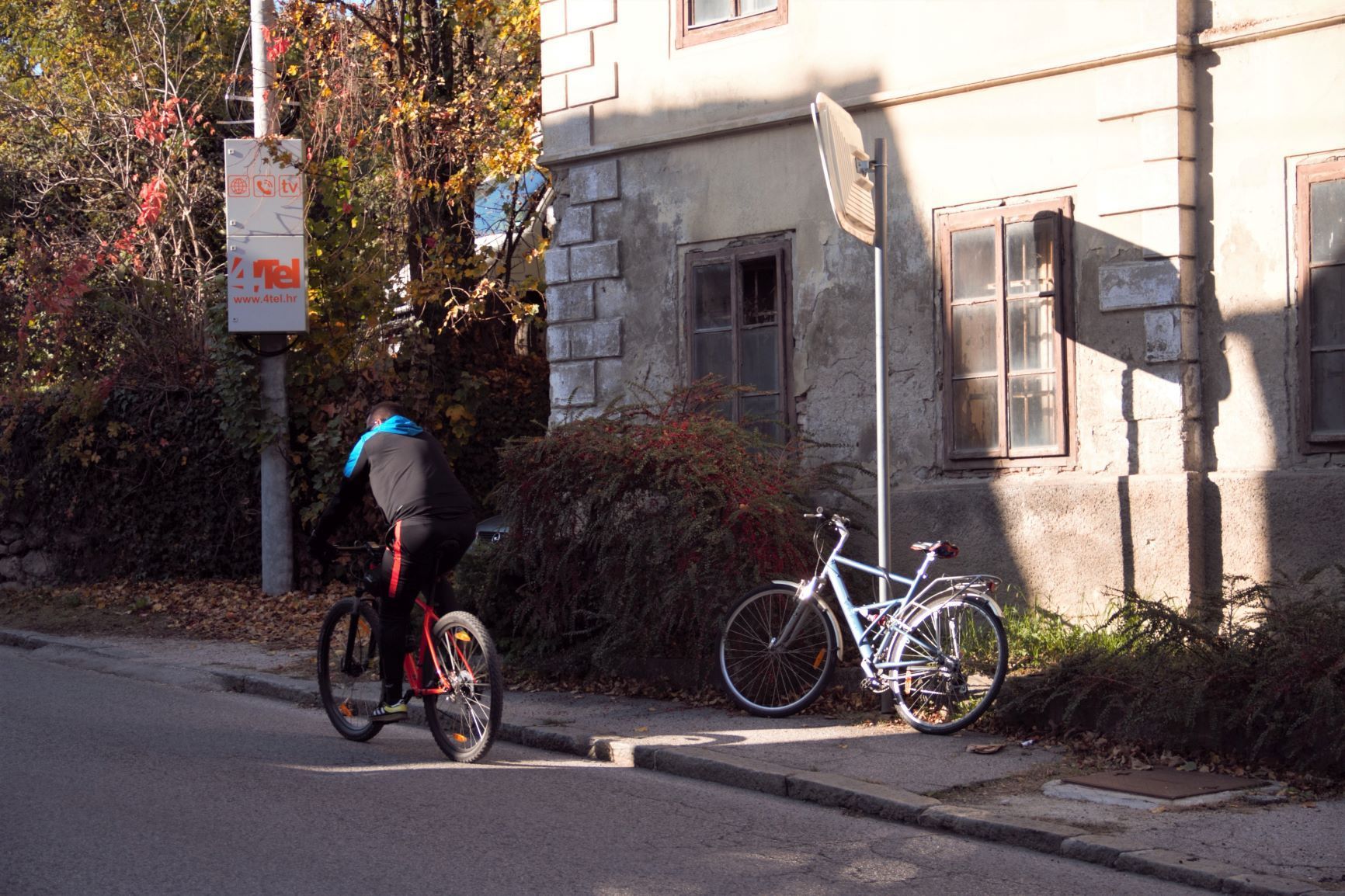
The old town of Samobor was built in the 13th century by the Czech king Otokar, and later numerous noble families, such as Arpadović and Anžuvinac, upgraded and lived there. In addition to being used as a castle to lords, it also served as a location for the filming of Jackie Chan’s movie Armour of God.
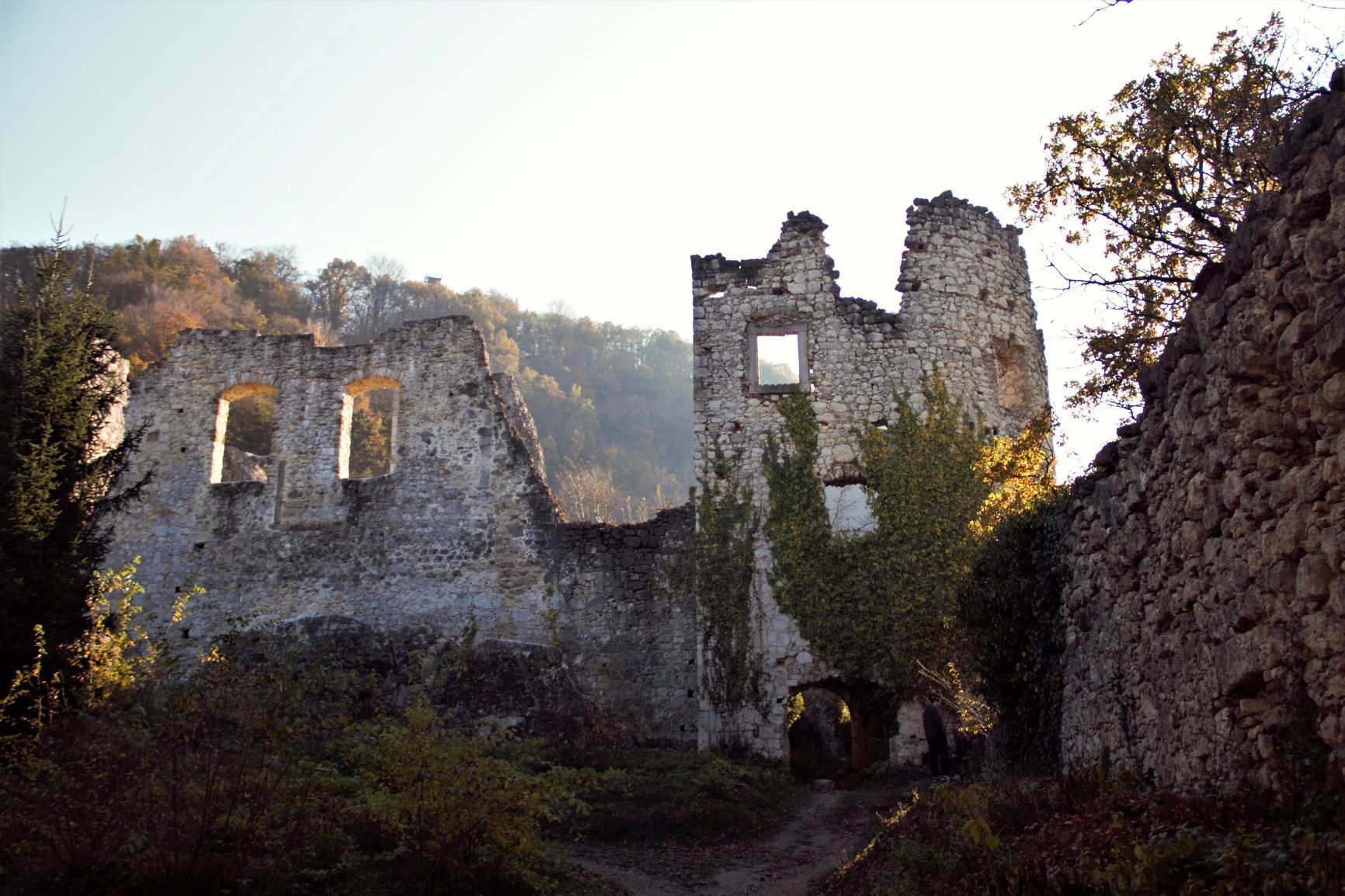
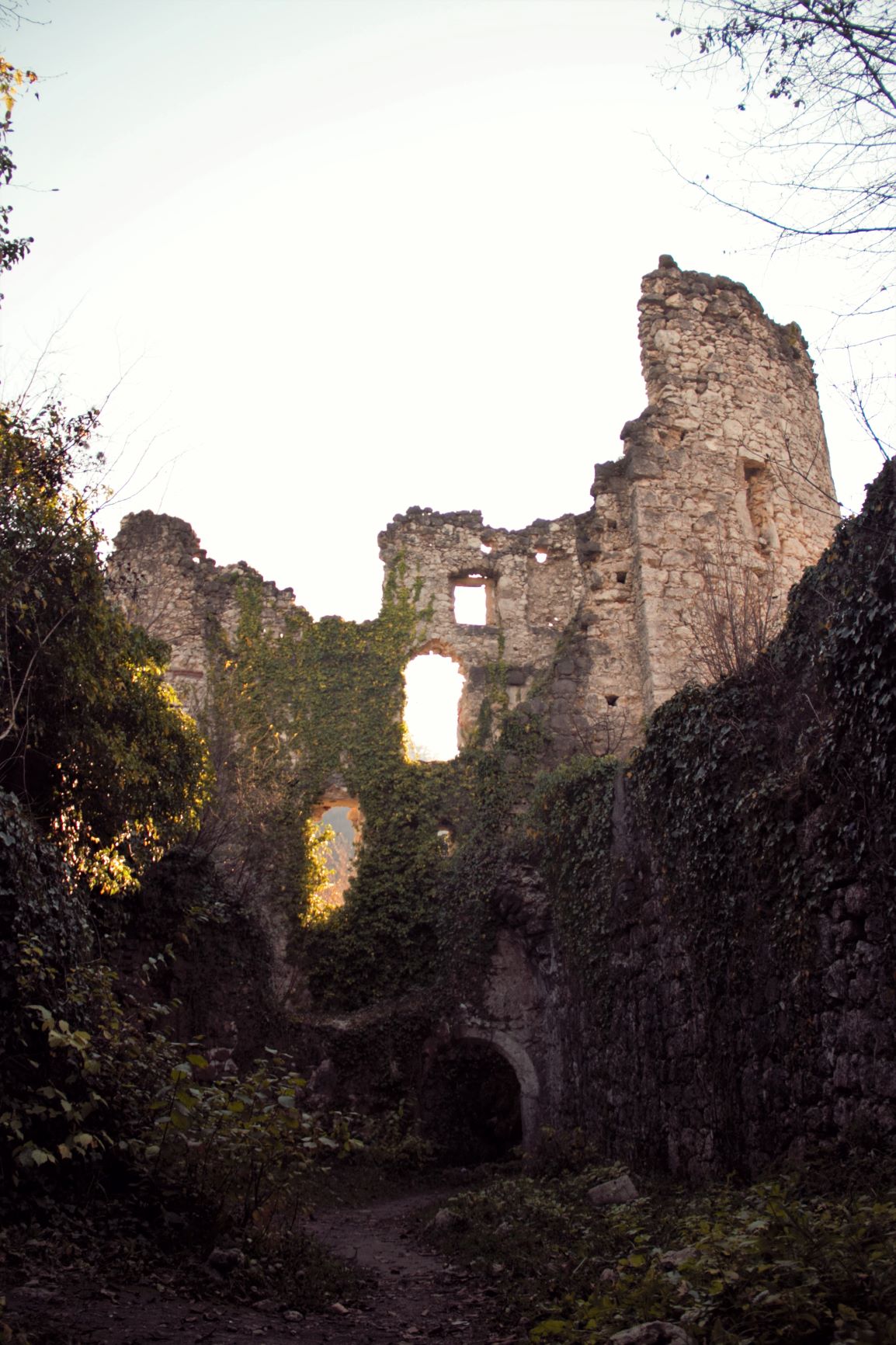
Samobor is ideal for sightseeing on foot. Everything is about fifteen minutes away from King Tomislav Square and the Church of St. Anastasia. In the square, each building tells its own story. On the balcony of house number 13, the Illyrian poet Stanko Vraz saw his muse Juliana Cantilly for the first time, and at number 14, the great writer Antun Gustav Matoš spent his days. In the middle of the square, there is an old well with drinking water and a legend that says that whoever drinks water from it always returns to Samobor. If you are lucky, on weekends you can see interesting antiques at the city flea market.
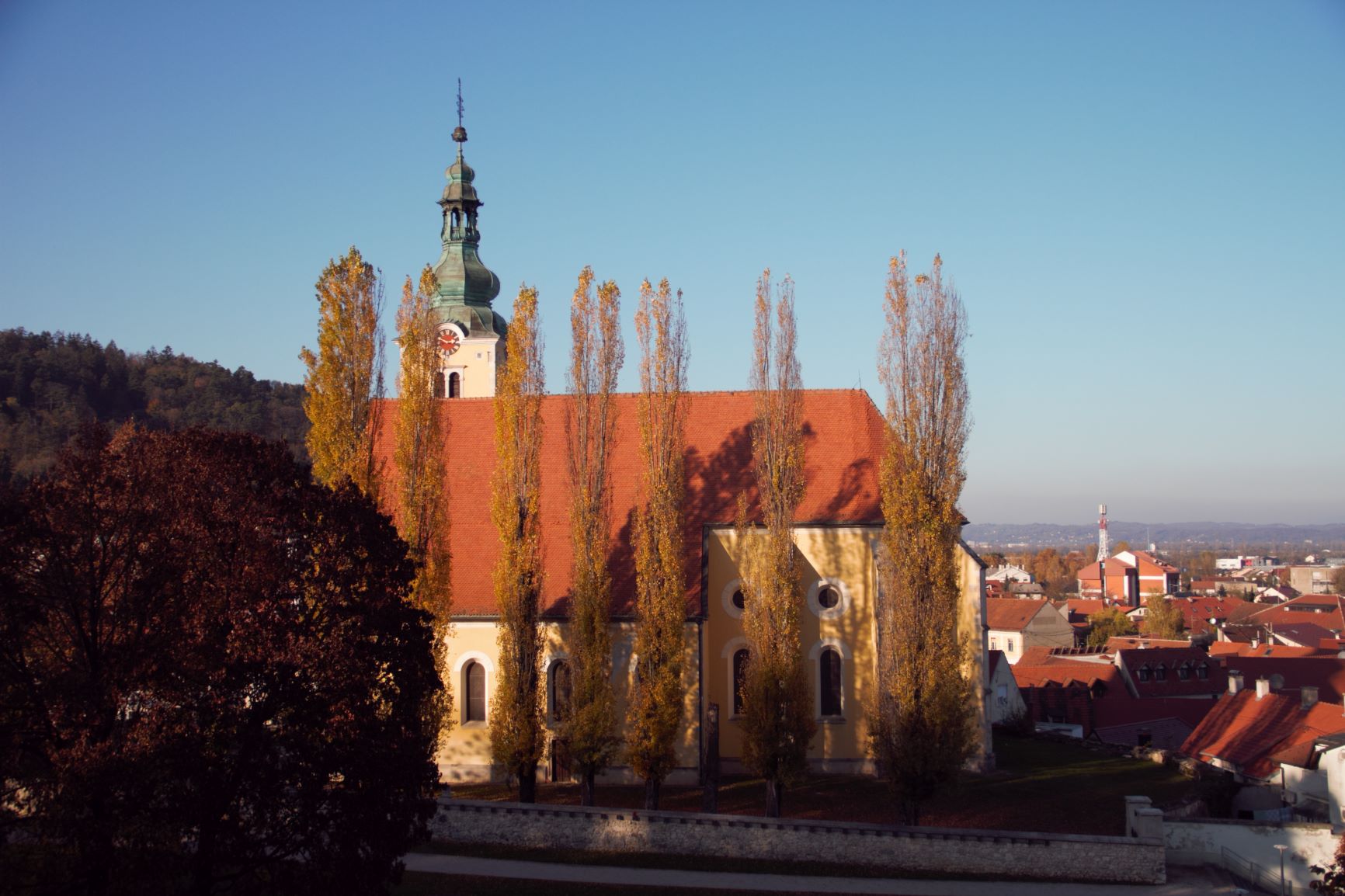
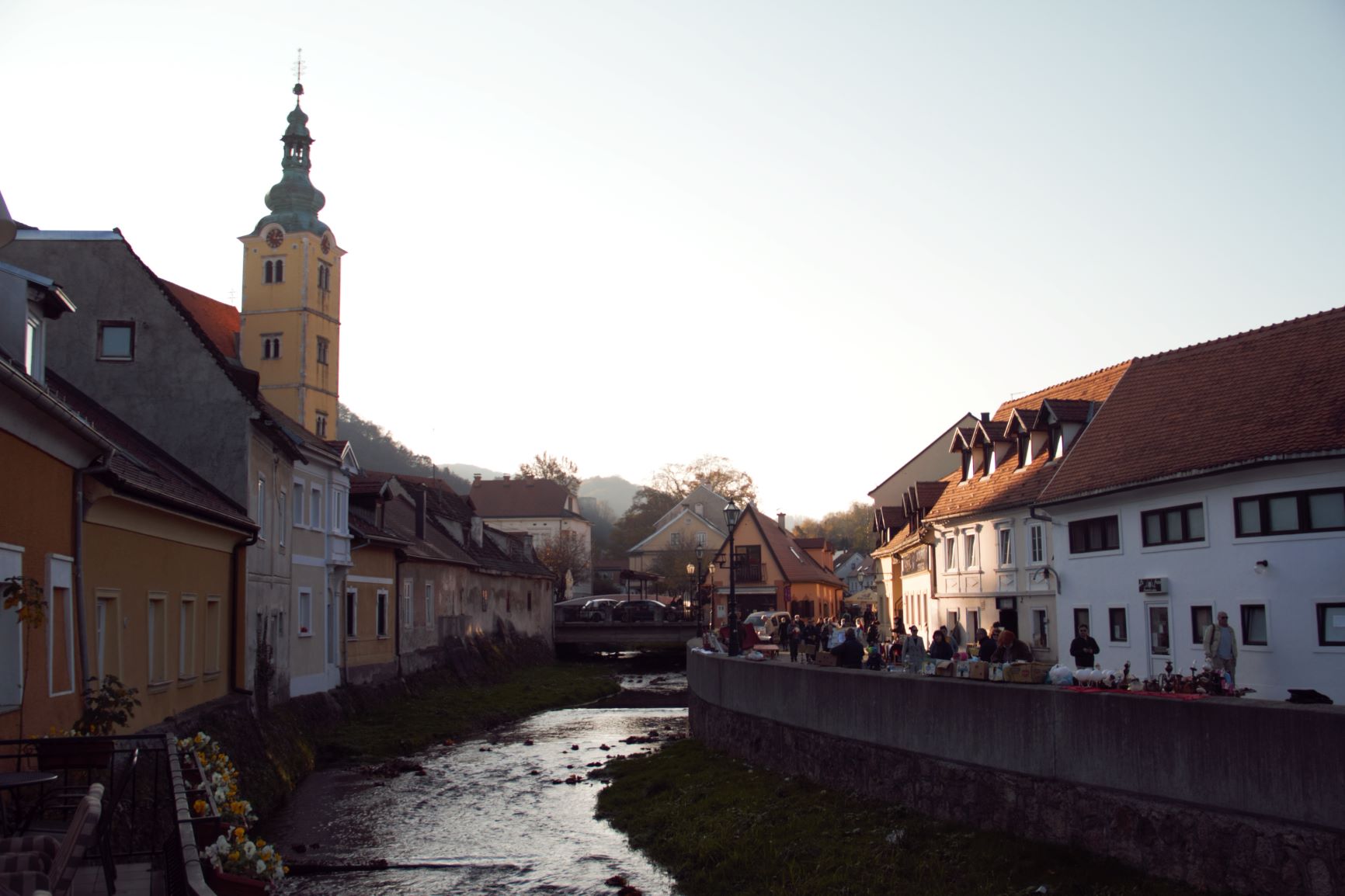
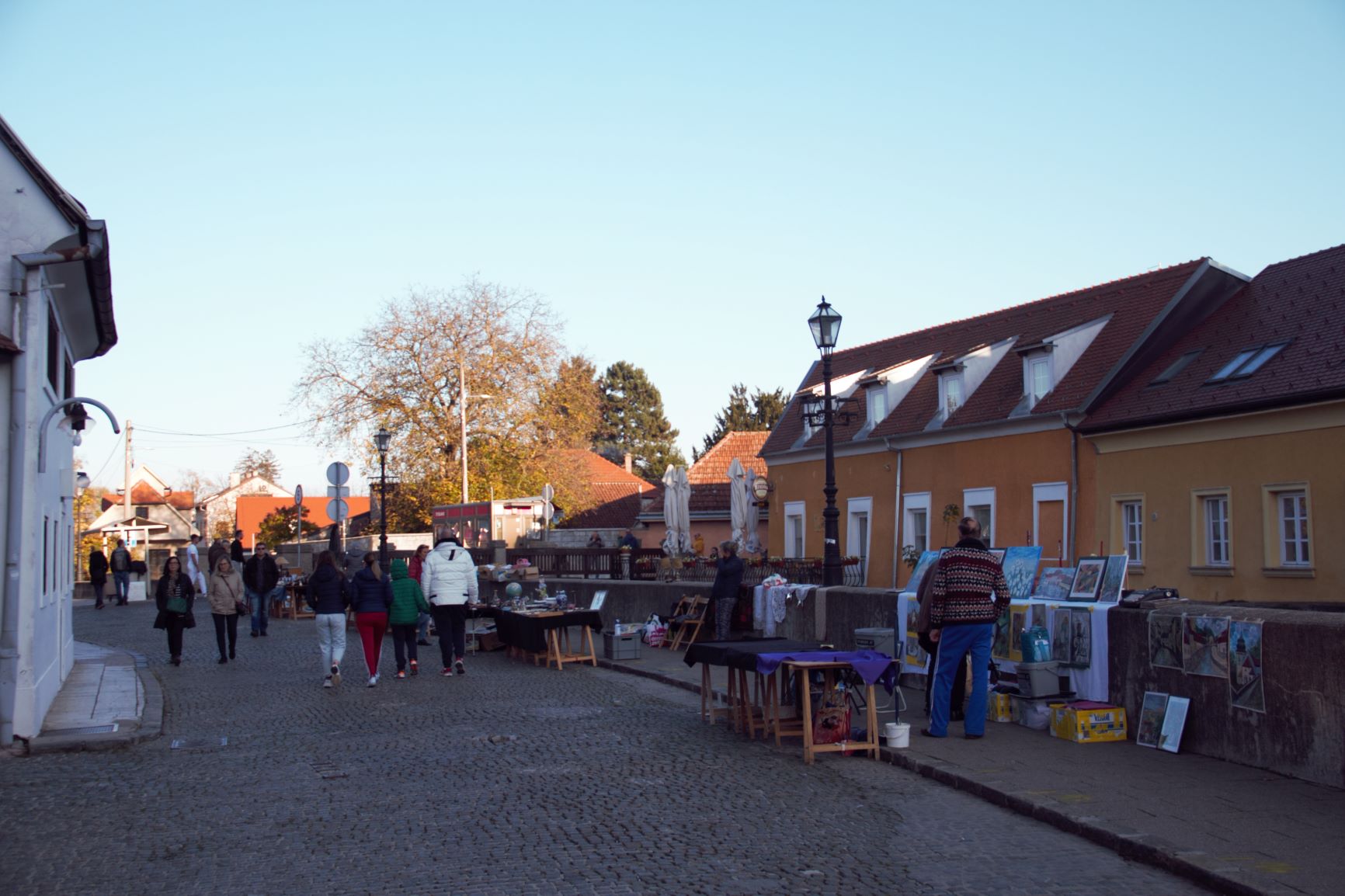
If you are not a fan of sports and recreation, Samobor offers a rich and varied gourmet offer, but the trademark of this city is certainly - kremšnite! This world-famous puff pastry and cream cake can be reason enough to visit Samobor, believe me.
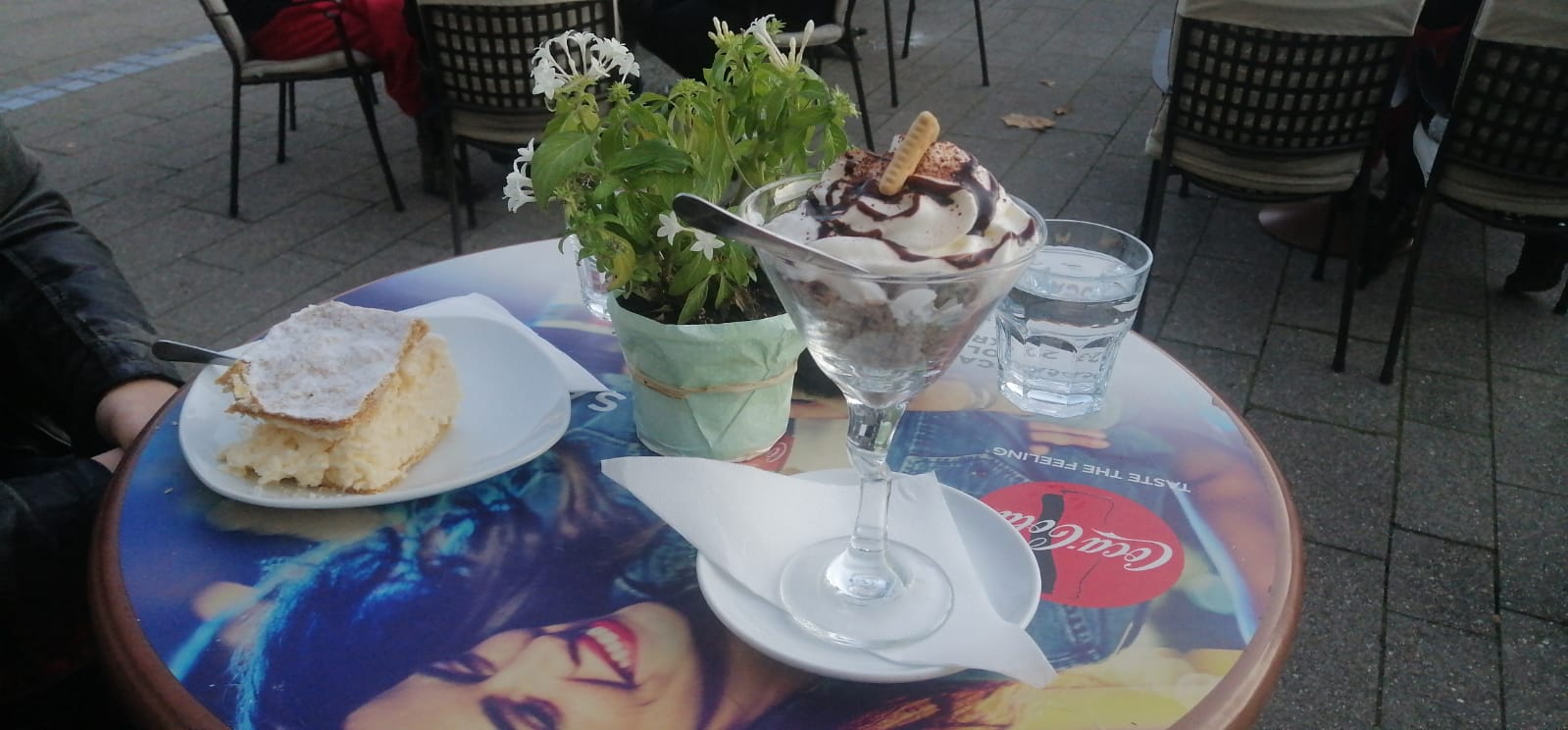
All photos © Sara Alduk
For the latest travel info, bookmark our main travel info article, which is updated daily.
Read the Croatian Travel Update in your language - now available in 24 languages.
Samobor Company Building Factory for COVID-19 Vaccine Production
As Poslovni Dnevnik writes on the 16th of October, 2020, while thousands of scientists around the world are still working on developing a vaccine against the new coronavirus, as well as developing drugs to help deal with the more serious symptoms of COVID-19, some companies have already embarked on building the capacities needed to produce vaccines. One Samobor company is among them.
The American company Moderna, which is developing its own vaccine for COVID-19, mRNA-1273, has already started strengthening its production capacities. In partnership with the Swiss company Lonza, they agreed to produce the vaccine at two locations - in the United States and much closer to home here in Europe in Switzerland.
As it is expected that Moderna's vaccine, which is currently in the third and final phase of testing, will get the green light for production by the end of the year, it has been agreed to start expanding production capacities, according to a report from Zimo.
The value of the project is estimated at 210 million Swiss francs (1.499 billion kuna), and the construction of the plant in the Swiss city of Vispo should be completed within eight months, instead of two years which is otherwise the practice.
''Everything will be ready for the production of the first doses in December,'' assures construction site manager Torsten Schmidt. Three production lines will be installed at the plant, which will be able to produce a total of about 300 million doses of vaccine per year.
However, the real news, at least in Croatian terms, is that the Samobor company Klimaoprema was chosen as the main designer and contractor, which, in cooperation with the company for the development of the CRB production process from the USA, will be responsible for the entire project, until it is handed over to the owner at the end.
Although the details of the project itself are still inaccessible to the public, it is known that the plant being constructed by the aforementioned Samobor company will cover an area of approximately 2,500 m2 of CNC to C class.
For the latest travel info, bookmark our main travel info article, which is updated daily.
Read the Croatian Travel Update in your language - now available in 24 languages
Reenacting the 1441 Battle of Samobor
March 8, 2020 - A step back in time, as hundreds of people gather outside Zagreb to stage the historic 1441 Battle of Samobor.
Having recently gathered to recreate the greatest battle of the Peasants' Revolt in the hills of Hrvatsko Zagorje, the vibrant Croatian reenactment scene convened again this weekend to bring to life a similar scenario which took place in a peaceful town near Zagreb almost 600 years ago - the town of Samobor, which is also known for its carnival and an signature cake called Kremšnite.
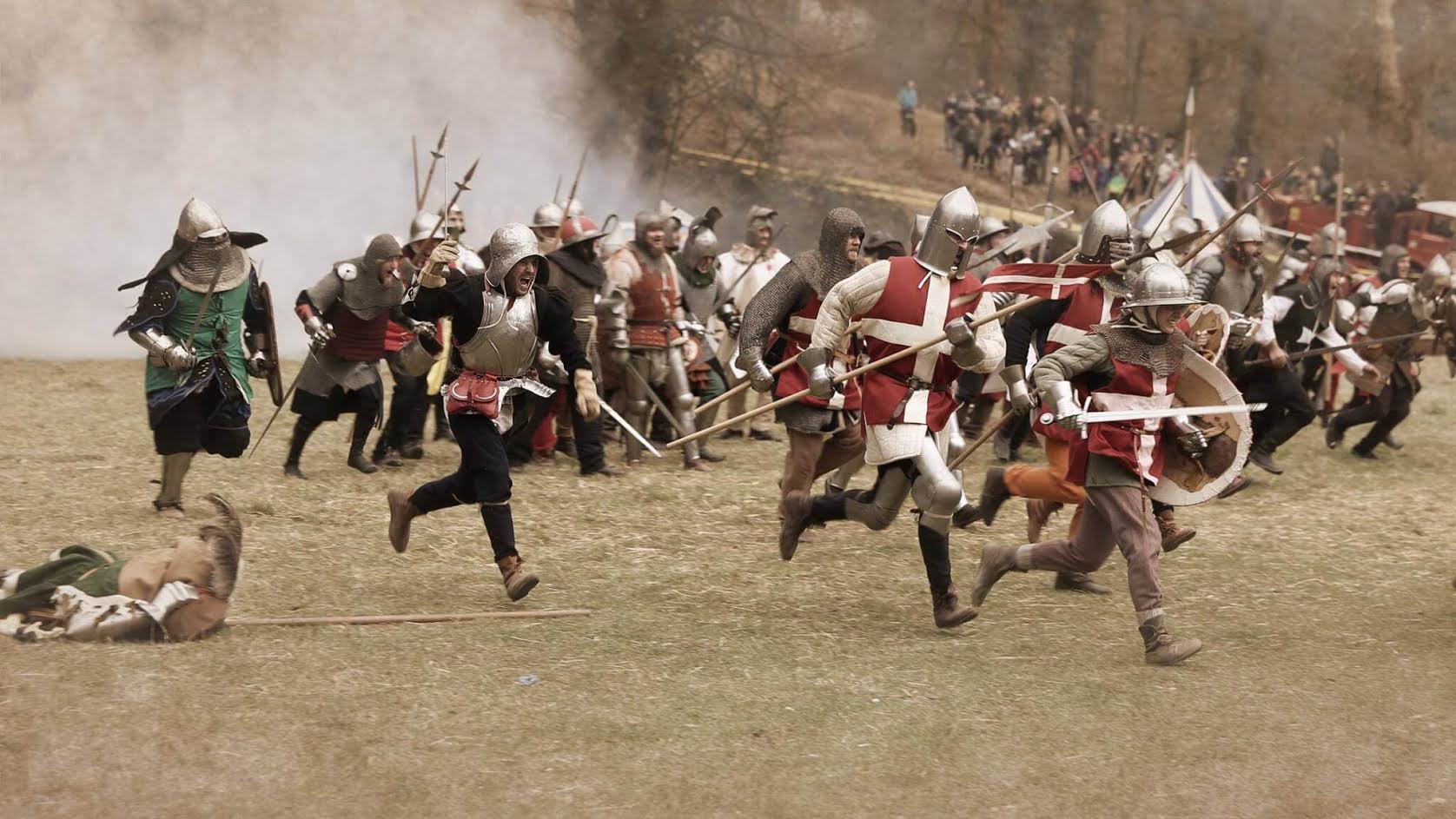
On a spacious meadow, beneath glorious remains of the fortress of Samobor, the reenactment of battle was held. But before the clash of swords, there was a chance for visitors to enter every historical camp. A river of people approached with curiosity, but only the bravest challenged great knights for a fight. The smell of fire and smoke in the air indicated that royal lunches were being prepared. A teasing sun came and then hid again, while a light breeze made you look with longing at those warm knight's mantle.
After the death of king Albrecht Habsburg in 1439, a fight for the heritage of the throne began throughout Croatia and Hungary. Ulrik II Celjski sided with Elizabeth along with the military commander, the Czech mercenary Ivan Vitova. Stjepan Banić Lendavski chose the side of king Vladislav Jagelovic. Two years later, these armies clashed at Samobor on Ash Wednesday, March 1, 1441, and the fierce battle ended with Vitovc's victory. It was a victory which included capturing the military leader Banić, as well as winning considerable booty. However, Queen Elizabeth died in 1442, forcing Ulrick II to recognize Vladislav III. as king, and to release all the prisoners.
The main organizers were Samobor Museum, Samobor Tourist Board, Knights of Zelingrad, and the Samobor Public Theatre. They built a wooden fortification around the aforementioned meadow and gave the public a chance to see the battle in its entirety, but from a safe angle. Many historical groups came to participate in this event, including the Knight Order of Saint Nicholas Varaždin, and Koprivnički mušketiri i haramije. There were also many groups from Slovenia and Hungary. The event has progressed considerably since it was first held back in 2006. A lot of visitors came, but so many people still do not know about this event. This included one couple who happened to be in Samobor for the day and were quite thrilled: "We came here to relax in nature, what luck to find such an amazing battle!"
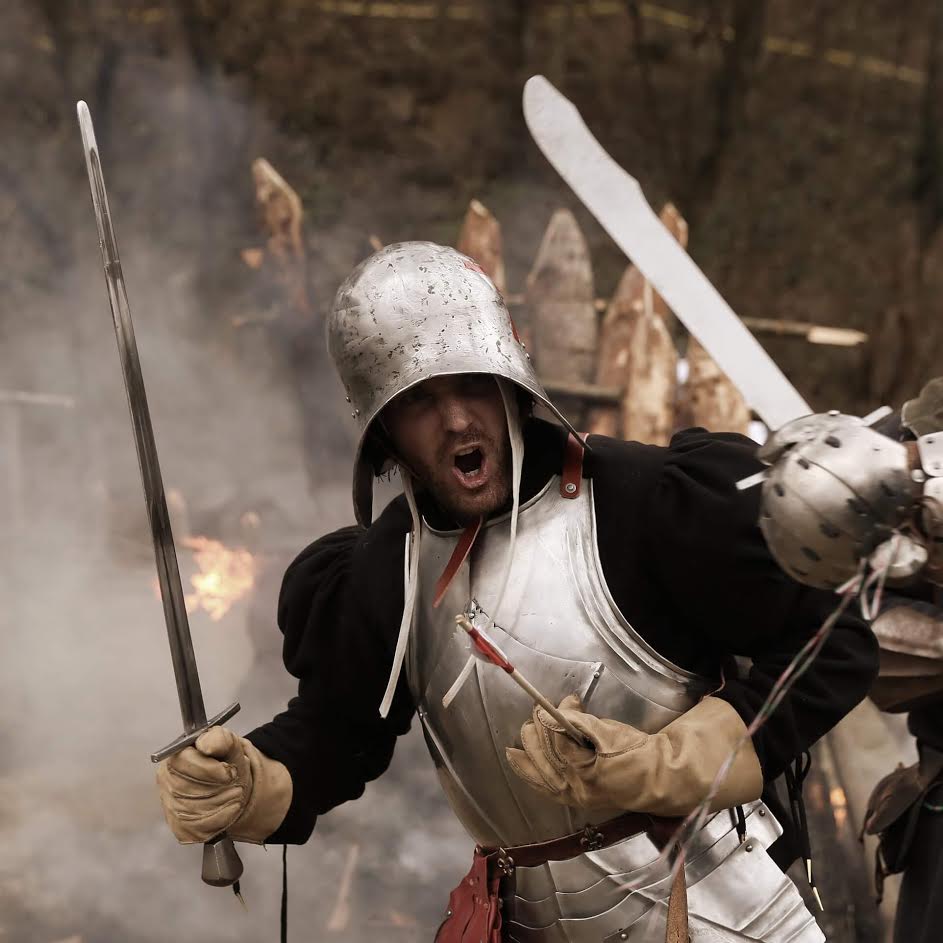
Children were enjoying playing with knights, while amazed parents were trying to capture the moment. Phones were only used for photos and videos; no one paid attention to them as people were in some different universe. It was more than pleasing to see how everyone took pleasure on a sunny day in the fresh air. Nourishing a tradition in this way keeps people outside, teaching them about the history and all that while meeting other people and maybe even make one join one of the knight order. What a chance.
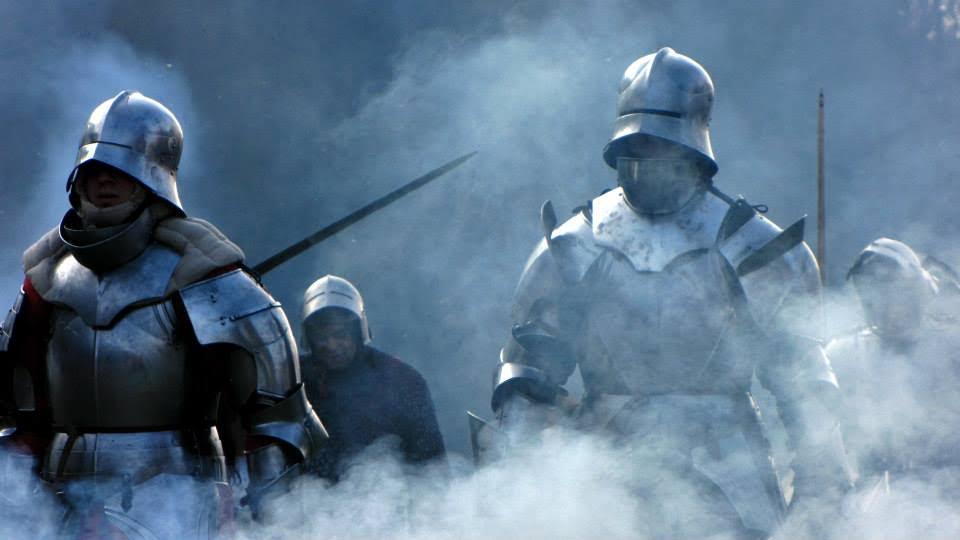
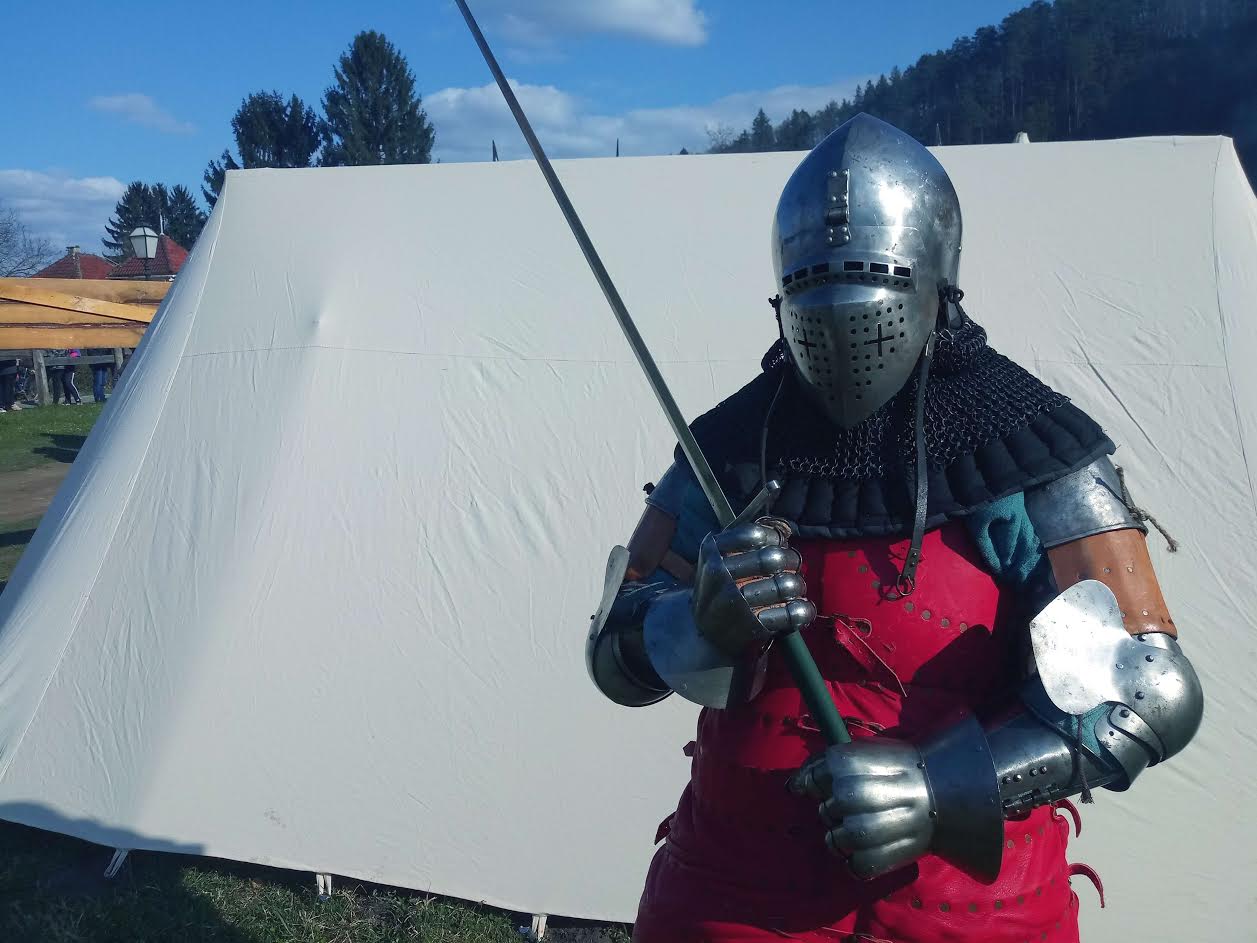
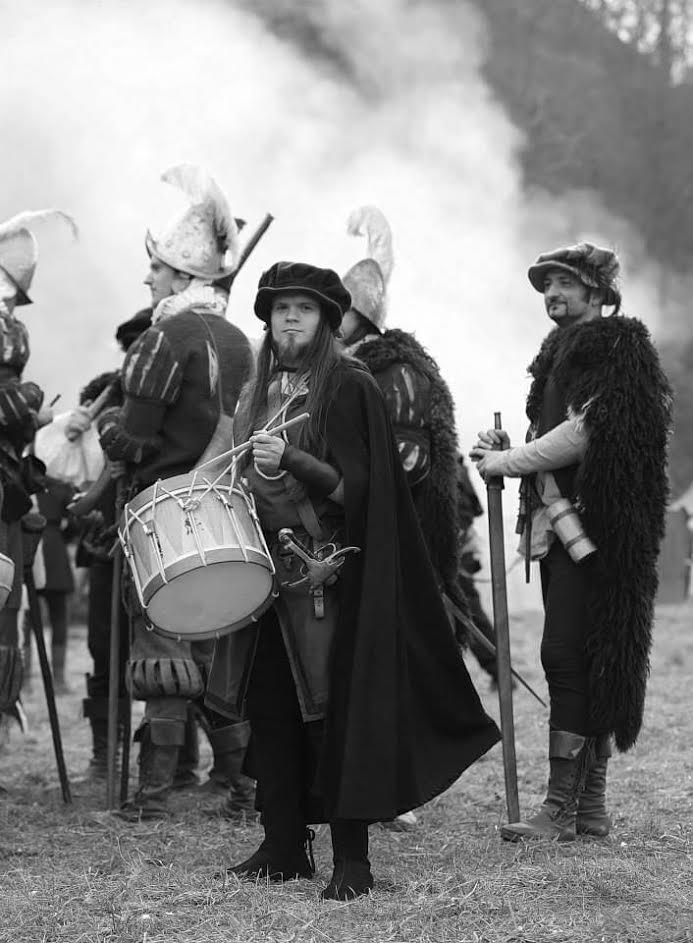
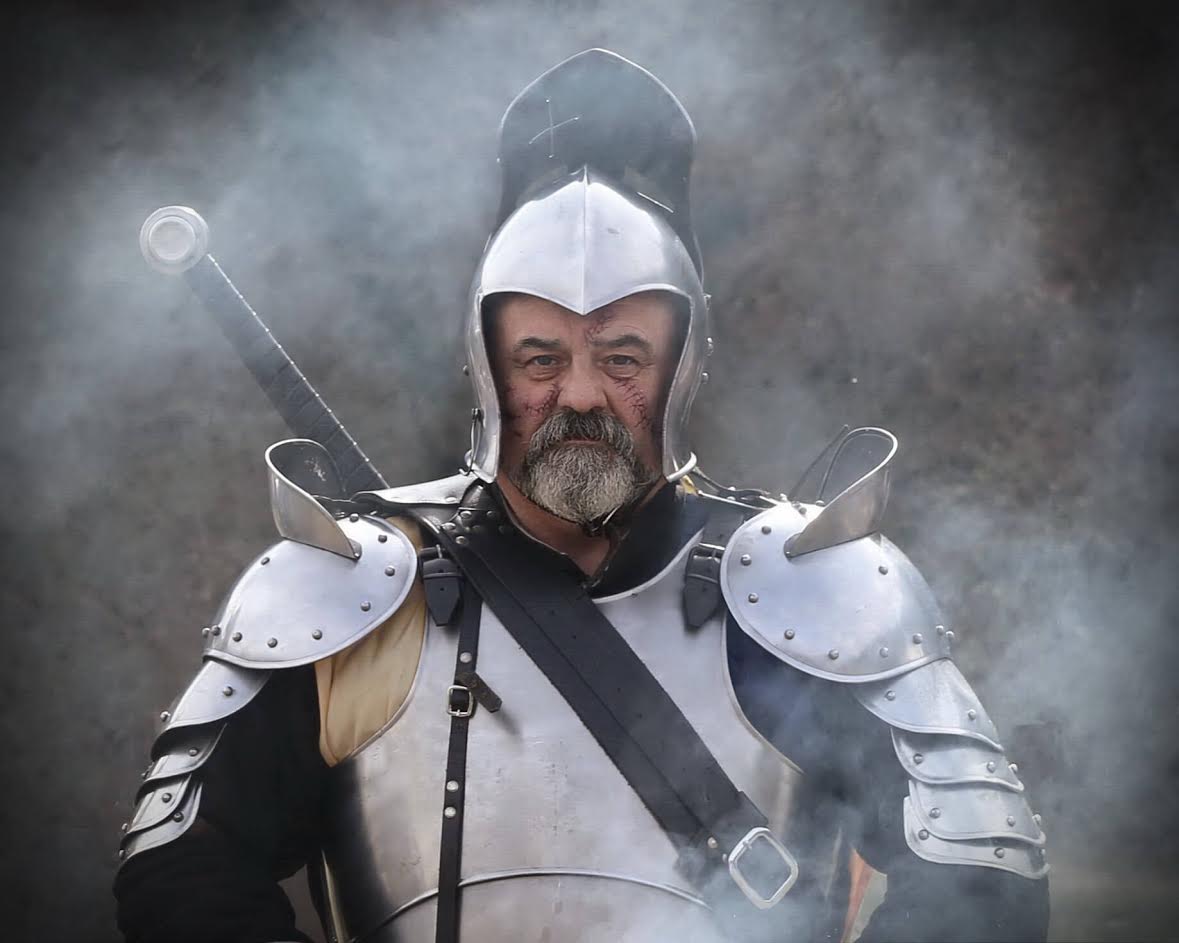

VIDEO: Samobor Hosts First Citroën 2CV World Meeting in Croatia with Over 3,700 Visitors
September 4, 2019 - Samobor, for the first time in Croatia, recently held the 23rd 2CV Citroën World Meeting.
This interesting event gathered as many as 3,858 vehicles, 8,190 participants from 41 countries and a total of 3783 visitors, according to organizers of the Croatian 2CV Citroën Club. Most participants were from France (2379), and from Germany and the Netherlands, reports HRTurizam.
Even the organizers managed to break the record for the number of vehicles assembled outside of France. In addition to 8,000 in France, so far, Vinadio, Italy has held the record, where, in 2003 there were 3,765 vehicles. However, 3,858 vehicles came to Samobor.
Such a large event ensured that Samobor was full of tourists at the beginning of August and that tourist consumption that remained in the Samobor area was generated. Also, the accommodation capacities were full, not only in Samobor but beyond.
“There were crowds all over the city, people hung out, socialized, had fun, bought souvenirs and spare car parts, all the pubs, cafes and restaurants in and around Samobor were packed, shops were gutted, even gas stations in and around the city remained without goods. Strangely, part of the caterers did not take this meeting seriously, and because of their vacations, their facilities were closed. About 20 percent of all visitors slept in private apartments, OPGs, and hotels in Samobor, Zagreb and the surrounding area, while the rest were camped in the meadow behind the Samobor bus station,” said Darko Zornjak, President of the Organizing Committee of the 23rd 2CV Citroën World Meeting.
According to organizers, traffic in facilities that still operated increased by about 50 percent compared to the same period last year.
Namely, the Croatian 2CV Citroën Club organized adventure rides after the meeting. Thus, the 2CV Adriatic Raid went through Gorski Kotar, Lika and the coast ending in the vicinity of Split, while the 2CV Continental Raid went in the other direction, namely through continental Croatia, through Hrvatsko Zagorje, Sisak, Lonjsko Polje and Slavonia ending in the area of Đakovo.
An excellent and beautiful tourism story, which, in addition to quality content and the incentive for arrivals, is further proof that investing in manifestations is an investment, not a cost.
To read more about travel in Croatia, follow TCN’s dedicated page.
Samobor to Host Meeting of Citroen 2CV Lovers Next Week
ZAGREB, July 28, 2019 - The Croatian town of Samobor, just west of Zagreb, will host the 23rd meeting of lovers of the French-made car Citroen 2CV next week.
About 3,000 of these vintage vehicles and some 8,000 people from all over Europe and other continents are expected to attend the meeting from July 30 to August 4. The meeting is organised by the Croatian 2CV Citroen Club, which is based in Samobor.
This is the first time the annual meeting is taking place in Croatia. Over the course of six days, car lovers will have a chance to exchange experiences, participate in an off-road ride and enjoy other events. Owners will also bring 200 2CVs to Zagreb's main square, Croatian 2CV Club president Goran Škrbin told Hina.
This year marks 29 years since the cessation of production of the 2CV, known in Croatia as the Spaček. International meetings of its fans have been organised biannually since 1975.
More Samobor news can be found in the Lifestyle section.
Samobor to Host Citroen 2CV Fans from Around the World
The 23rd International Meeting of Citroen 2CV cars will be held for the first time in Croatia, with more than 12,000 enthusiasts expected to attend. The event will take place from 30 July to 4 August. This is the largest such gathering of drivers and fans of Citroen’s legendary car 2CV, popularly known in Croatia as Spaček, and it has been held since 1975. Approximately 12,000 participants from over 30 countries will come to Samobor, including some from Australia and Ivory Coast!
This event has been selected as one of the 30 TOP events in Croatia in 2019 supported by the Croatian National Tourist Board, as the only event in Zagreb County. It is organised by the Croatian 2CV Citroen Club, headquartered in Samobor, which has gathered drivers of the popular Spaček cars for 20 years, but also Dyane, Mehari and other favourite Citroen models in which they travelled much of Europe and the world. The club is a member of ACI (Amicale International Citroen), the international association of Citroen clubs based in Paris.
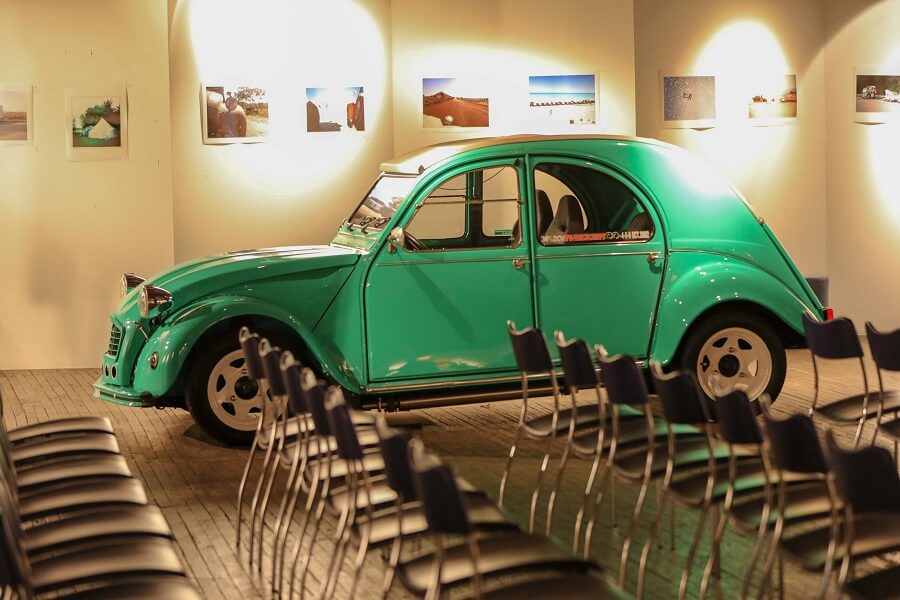
“To host such an event is a huge recognition, but also a responsibility because people from around the world will come, and we want to present them not only Samobor but also other parts of our country,” says Goran Skrbin, president of the club, which will also organise adventures for visitors after the event ends – 2CV Adriatic Raid will travel through Gorski Kotar, Lika and the coastal areas and conclude in Split, while the 2CV Continental Raid will travel through inland Croatia, including Hrvatsko Zagorje, Sisak, Lonjsko Polje and Slavonia, with the finish near Đakovo.
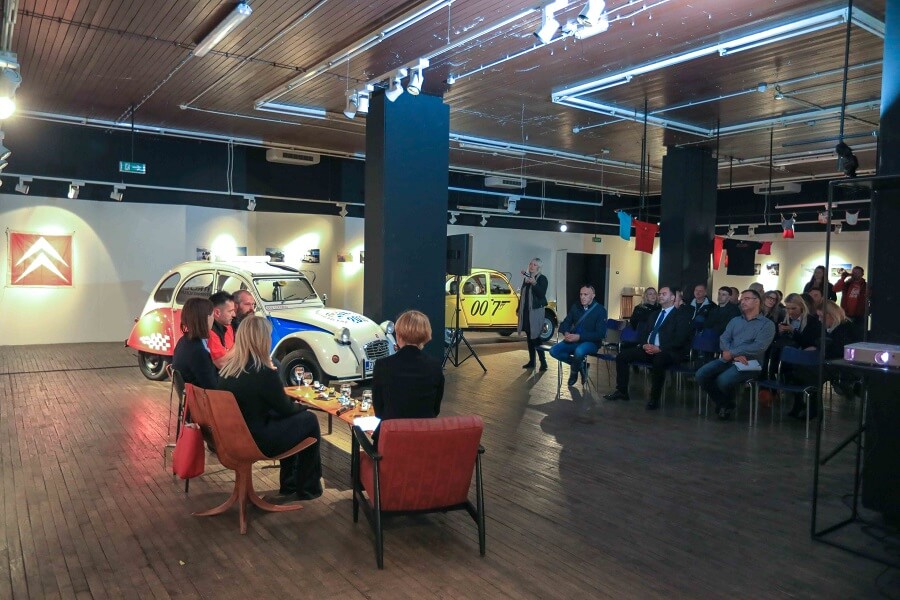
Zagreb County and the town of Samobor support this event. “The county has provided funding to support this event, which will bring people from all over the world to the beautiful Samobor. The event will certainly contribute to an even greater growth of tourism sector, which in the first four months of this year recorded 15 per cent more overnights and 14 per cent more arrivals than last year,” said director of the Zagreb County Tourist Board Ivana Alilović.
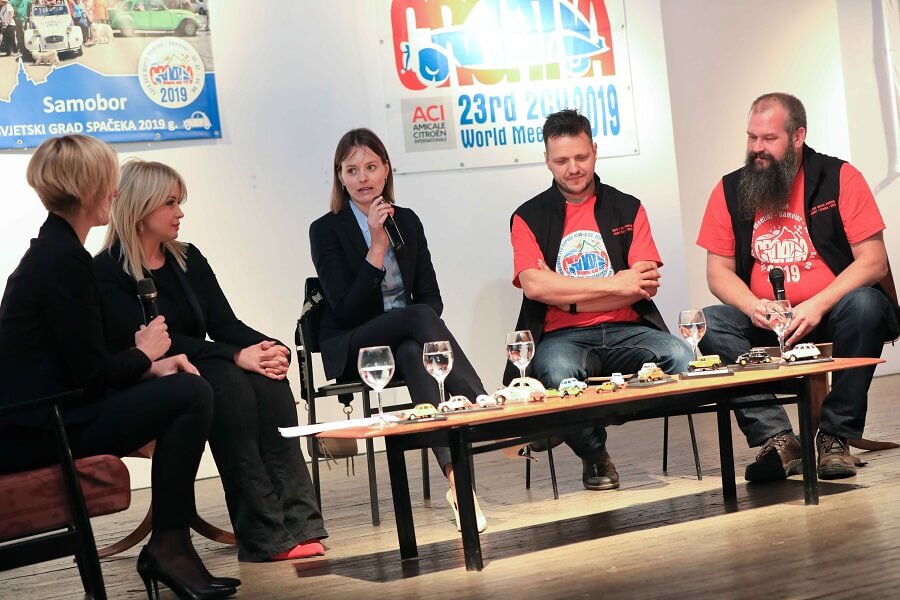
“With this event, Samobor will stand alongside the European destinations that have hosted this meeting in recent years, including De Steeg in the Netherlands, Salbris in France and Ericeira in Portugal, which have the necessary infrastructure, people and enthusiasm for organising such a large gathering. Samobor will not only present itself as a town but also Croatia as a desirable tourist destination,” said Martina Paladin, director of the Samobor Town Tourist Board.
The meeting will be an occasion to mark the first century of the French car manufacturer. It will include the “100 Years of Citroen Museum”, where visitors will be able to see original exhibits from Tomos and Cimos factories. A 2CV motorcade ride to the centre of Zagreb will be organised, with 200 vehicles coming to Ban Jelačić Square, and there will also be an off-road ride on the Žumberak hill. Visitors will be provided with a fully-equipped camp and a commercial zone with stalls for traders of spare parts, souvenirs, a variety of food and beverages, children’s programme, the selection of the most original vehicle, the unique driving experience, 2CV flea market, evening concerts, gastro corners promoting Croatian regions and many other exciting events. At the end of the meeting, the host of the 24th World Meeting in 2021 and the candidate for the organisation of the 25th World Meeting in 2023 will be presented.
More Samobor news can be found in the Lifestyle section.
Circus Street Festival CU'FUS to be Held in Samobor
2019 is the ninth year that the Circus Street Festival CU'FUS will be held in the town of Samobor, a well-liked weekend-visit destination located just west of Zagreb. The festival, in Croatian called Cirkuski ulični festival u Samoboru (which abbreviates to CU'FUS) will take place over three days in May, on the 17th, 18th and 19th at the several locations in the town. Most notably, you will be able to see the circus street performers at the Kralj Tomislav Square and in the park next to the Samobor Museum - both of those locations are very close to the centre of the town.
Addition programs will be a part of the festival as well: CU'FUSEK includes children's program, performances and animation, CHILLBAR AT CU'FUS is the everyday musical program which will be paired with the circus street performances at the park all day, CU'FUZIK - live music to be performed at the festival, numerous workshops (CU'FUSARIJE), a circus cabaret night, various presentations designed to attract as many various types of visitors, from those who know a lot about circus to those just learning more about the art. There will be an eco-corner, different foods and drinks offered to the visitors (and there is always good food in Samobor, especially the traditional sweets) etc. Some of the more prominent names performing at the festival will be SelfIgniting Italian, UnbelievablyBalancingVenezuelan, Niki Beluči - you're forgiven if you've never really heard of them, but that only means you need to go to Samobor to find out more about them!
The artists participating in the festival this year are discovering the various spheres and limits of the circus performance art, which includes experimenting with different new media, such as music, contemporary dance, miming, physical theatre, digital arts and many others. That way all of the participants will see what the most modern circus experience has to offer.
The program at the CU'FUS Circus Street Festival is free, but it is polite to leave a donation in the artists' hat if you've enjoyed the performance. More info and a detailed program of the festival can be found on www.cufus.net. You must come to CU'FUS! (yes, it rhymes better in Croatian)
Digital Croatia: Best Large ''Digital'' Cities Zagreb and Rijeka
Just how close are we to a real digital Croatia? The answer is unclear and as varied as ever, but some Croatian cities have shown promise with some rather impressive and encouraging results.
As Novac/Gradonacelnik.hr writes on the 23rd of April, 2019, although more and more cities are gradually digitising their business and investing in smart city solutions, and some of the most advanced have almost completely switched to doing solely digital business, generally speaking, Croatian cities are only in the very early stages of the much needed digital transition, just as Croatia is, as a country, at the very bottom in Europe in terms of the digital readiness of general society and the economy.
As the methodology for ranking cities in terms of digital readiness is only at its very beginning even at the European level, stories and analysis of the "smart city" concept development here in Croatia are still very much based on individual experiences, examples and projects.
That is why, in order to gain a real elementary insight into the digitalisation of Croatia's services and the communication of the country's many city administrations with citizens, experts from Apsolon, a consulting company specialising in digital business development, has undertaken the very first major study of the ''digital readiness'' of twenty of the largest cities across Croatia. This study, according to project manager and smart management director at Apsolon, Ivana Novoselec, is the basis for the further development of research tools and methodology that will track the development and progress of Croatia's cities on an annual basis.
In its study, Apsolon divided the cities into three categories - large (Zagreb, Split, Rijeka, Osijek), middle (Zadar, Velika Gorica, Slavonski Brod, Pula and Karlovac) and smaller cities (Sisak, Varaždin, Šibenik, Dubrovnik, Bjelovar, Kaštela, Samobor, Vinkovci, Koprivnica, Đakovo, Vukovar.)
The digital readiness index at Apsolon was set based on several criteria - the availability of e-services (the number of administrative services and their digitalisation rate in Croatia), the availability of site service information and the development of unified services for making payments in the city, then came the availability of city data, the level of citizen participation in decision making and communication channels between the city administration and citizens, ie, the availability of data and time in which citizens receive answers to their various questions. At this stage, Apsolon hasn't entered into the internal processes in Croatia's city administrations, but rather focused on what services are offered to the city's citizens and how long such things typically take.
After this type of indexing and ranking, the title of the ''digitisation champion'' among the Croatian cities was awarded to the City of Rijeka, thus confirming its status as the best city in the Smart City category which it won last year. Apsolon pointed out that the City of Rijeka has achieved the greatest advances in the systematic raising of the quality of its services, but also the opening of data and communication channels to citizens.
"Rijeka as the most advanced city in Croatia in terms of digitisation and is characterised in particular by the emphasis on openness and communication with its citizens. Its administration is oriented towards clear communication (a very clear centralised e-services approach with well-organised access to all automated services and available forms), openness and participatory management," said project manager Ivana Novoselac.
In many categories, especially those relating to the functional aspects of digitisation (advanced digital services, e-citizen connectivity, etc.), Rijeka is followed closely by the City of Zagreb.
The city of Pula is the most advanced middle-size city in Croatia, which also presents its services and available information to its citizens in a systematic and very detailed way, raising standards in terms of transparency and interaction with citizens, and is certainly a champion among cities with between 50.000 and 100.000 inhabitants.
In relation to the criteria relating to specific functional and technological solutions, Karlovac, Velika Gorica and Zadar follow. For the City of Karlovac the large number of available administrative procedures on its website and responses to citizens' inquiries are generally quick made it stand out from the crowd.
Among the small cities in Croatia, there is no distinctly dominant digital champion, but according to research findings in different aspects of digitisation, Dubrovnik, Samobor, Sisak, Koprivnica and Varaždin appear to be the most successful ones, according to this research. Among the prominent representatives of this category, Dubrovnik is strategically trying to profile as Smart City and has a high quality City Card, e-Visitor platform, is very active on social networks and it continuing to develop innovative application solutions. When it comes to the number of digitally available services, Koprivnica ranks above all.
Samobor, which is particularly active on social networks and is the category winner for social networking, has a very comprehensive and interactive website which separates the site accordingly and has adjusted all of the information for citizens and for visitors, as well as separating foreign visitors from domestic ones.
It should also be noted that Bjelovar is extremely proactive in the field of the digitalisation of its administration, it is working on applicative transparency solutions as well as on internal digitalisation processes. What is particularly commendable is Bjelovar's focus on the digitalisation of its internal processes.
Make sure to follow our dedciated lifestyle page for much more.
Click here for the original article by Novac/Jutarnji/Gradonacelnik.hr
32nd Samobor Salami Festival to be Held
Samobor Salami Festival is a tradition started 32 years ago, first when friends in their homes and weekend houses competed one against another, but in time it became an official yearly competition looking for a best salami made in the Samobor region.
People in this part of Croatia take their cured meats seriously, and creating you own home-made salami is a matter of pride for many a hobbyist in central Croatia. In the past three decades that the competition has been held the submitions have gotten so numerous that they had to create four categories, and the grading is performed according to the French salami-grading rules. The categories in question are: home-made products, international competition, local pig farmers, and special category (all unusual and unique charcuterie products, both by local and international producers).
This year the final event will take place this Saturday, April 13th at 8 pm, in the Samobor Sports Hall. The samples for the competition should've been submitted on April 5th and 6th on Samobor's main square, and those who have done that will be graded on Saturday evening. The organizer of the event is the Samobor Golden Grinder-Plate Association (Udruga Zlatna Šajba), and the awards presented will also be a Golden, Silver and Bronze grinder plates.
Samobor Salami Festival is a part of the Samobor Spring Fair. The fair is dedicated to gastronomy this year, but in addition to the food-related activities, an international show-jumping meet will be held in Samobor, with over 350 people (and horses) participating. On Saturday morning, a workshop on traditional meals of the region of Žumberak will be held, and this year it will be dedicated to the dishes and beverages based on the local honey.
Battle at Samobor: Re-enactment 2019
The Tourist Board of Samobor and The Museum of Samobor are organising the 14th re-enactment of the Battle at Samobor, one of the key historical events of this part of Croatia from the 15th century. The re-enactment and the accompanying events will take place on Sunday, March 10th, with events starting at 10:00, while the battle re-enactment itself will happen in the early afternoon hours.
The events revived took place in the first half of the 15th century, starting with the death of the King Albert the Magnanimous from the House of Habsburg in 1439. After his death, all over his kingdom in Croatia and Hungary, various fights started in which different noblemen fought to claim his title. His widow, Queen Elisabeth was from a powerful House of Cilli, so she had their support, including the famous military commander Ivan Vitovec and his troupes. The other army very interested in claiming King Albert's title was headed by the Polish king Władysław III and his commander Stjepan Banić of Lendava.
The skirmishes lasted for two years, and it was brought to an end in 1441, on March 1st, when the armies collided near Samobor. The fierce battle ended with a victory by Vitovec for Queen Elisabeth. Commander Banić was taken as a prisoner, which was considered to be a great victory for the Queen's army.
To make sure the re-enactment is as authentic as possible, numerous medieval companies from Croatia and some international guests will be participating - all and all around 400 participants are expected at the event, including a hundred knights in full armour. A military tent will be set-up at the meadow at Vugrinščak park, and cavalrymen, swordmen, soldiers with firelock guns, archers and medics will be located at it, with a lot of their equipment. By the tent a well organized fair will take place, where you'll be able to buy baskets, blacksmith's products, hats, bread, honey and herbs...
After the battle re-enactment itself, which is supposed to start around 3 pm, both commanders will come to salute the Queen, and the defeated commander will surrender his flag and swear his allegiance to her. And, of course, there needs to be a party to celebrate a successful battle, and it will start right after the ceremony and a round of celebratory cannons.
The weather forecast for Samobor for the Sunday, March 10th 2019 is lovely, so if you have no other plans, you should go and see the knights and a medieval queen at the Battle at Samobor re-enactment!


